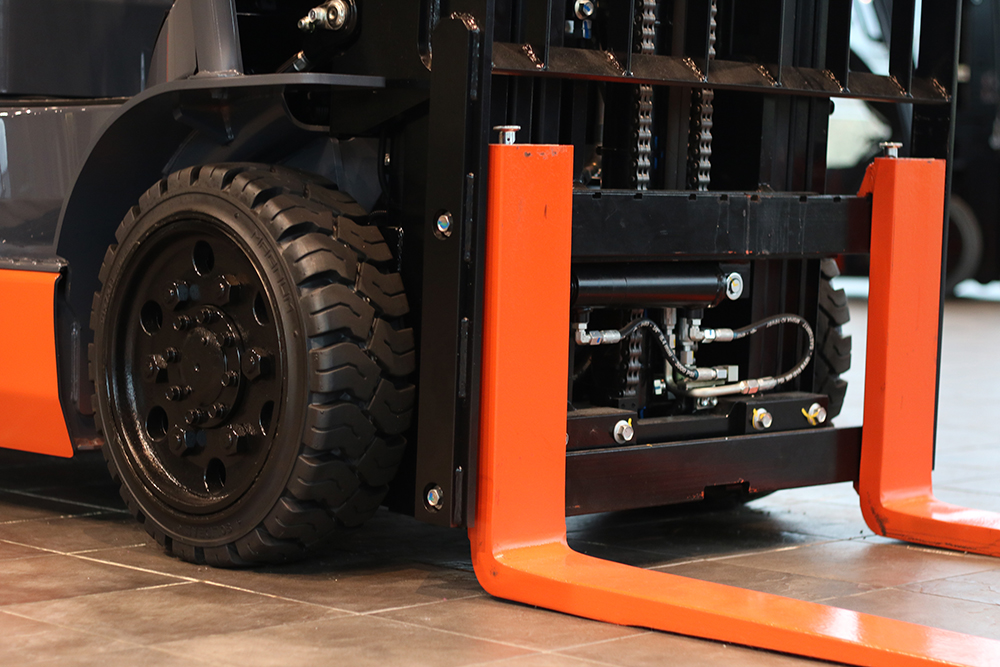Welcome to our comprehensive guide on forklift fork inspections and maintenance. As an integral component of forklifts, fork maintenance is essential to ensure optimal performance and minimize workplace risks. In this blog post, we delve into the frequently asked questions about inspecting forklift forks, daily checks, and common causes of damage. Whether you’re a forklift operator, warehouse manager, or safety supervisor, understanding these crucial aspects will contribute to a secure working environment and the prolonged lifespan of your forklift forks.
1. Why is it essential to inspect forklift forks daily?
Regular daily inspections of forklift forks are crucial to prevent potential hazards such as snapped forks, dropped loads, and injuries. Additionally, OSHA mandates daily inspections for all powered industrial trucks, including forks, to ensure workplace safety. Neglecting these inspections can lead to severe consequences.
2. How do forks typically get damaged?
Forks can sustain damage through various means, including:
- Wear from regular use
- Improper chain adjustments
- Minor accidents
- Fork use beyond rated capacity
- Driving with forks touching the floor
- Using a lifting chain on one fork to lift heavy objects
- Picking up loads too far out on the forks
- Attachments that stress the forks
3. What should you look for during a forklift fork inspection?
During a forklift fork inspection, pay attention to the following:
- Surface cracks: No cracks should be present on the forks, especially in the heel area and welds.
- Blade and shank angle: Check the angle between the blade’s upper face and the shank’s front face and replace the forks if the angle exceeds 93%.
- Straightness: Replace forks if they are bent more than 0.5% of the corresponding blade length or shank height.
- Fork tip height: Ensure that forklift blades are the same height and replace forks if there’s a noticeable difference between the tips.
- Positioning lock: Check the positioning lock or fork retention device to prevent malfunctions that could lead to accidents.
- Fork thickness: Use forklift calipers to measure the thickness of the fork blade, heel, and hook, replacing them if there is a 10% decrease, which reduces load capacity by 20%.
- Capacity stamp: The capacity stamps should always be visible on the forks.
4. How often should a professional technician inspect forklift forks?
Forklift forks should undergo a thorough inspection by a qualified service technician at least once a year to ensure optimal safety and performance.
5. How can I schedule a forklift inspection?
Our experienced technicians are available to inspect your forklifts and forks to ensure efficient and safe working conditions. Contact us to set up a service appointment today!
Tags: forklift safety, productivity, Service
